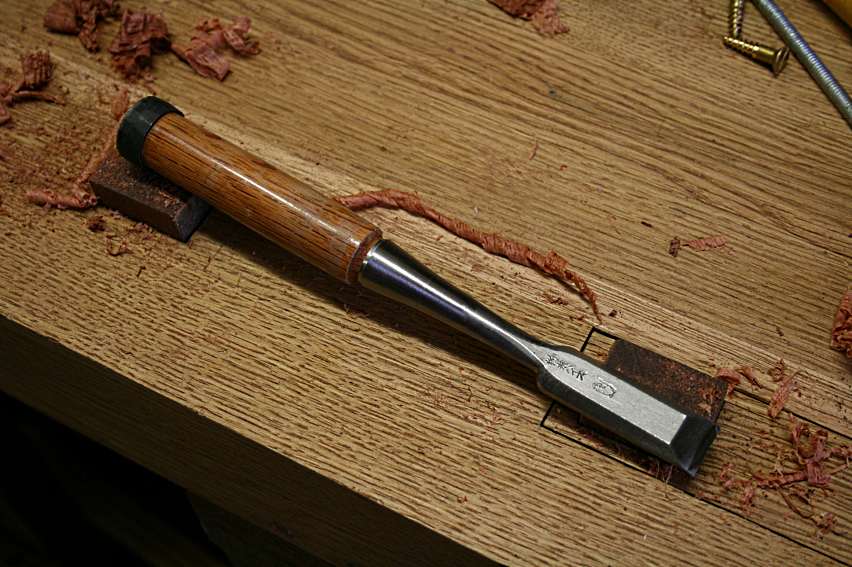It has been my workflow to hollow grind western chisels and then freehand hone them. Freehand honing a hollow bevel is fast, accurate and easy.
I recently acquired some japanese chisels and have been advised not to hollow grind them. Any other opinions on this? What are the reasons for the advice, and what am I risking by hollow grinding?
Does the no-hollow grind advice apply even if the grinder is a Tormek, which is a large diameter wheel (thus a shallower hollow)? Plus the Tormek is as gentle as a grinder can be due to the slow speed and the water.
If I must stay with a flat bevel, I just see it taking more time than my usual routine, and possibly more reliance on a honing jig.
Thanks,
Edwin




 Reply With Quote
Reply With Quote








